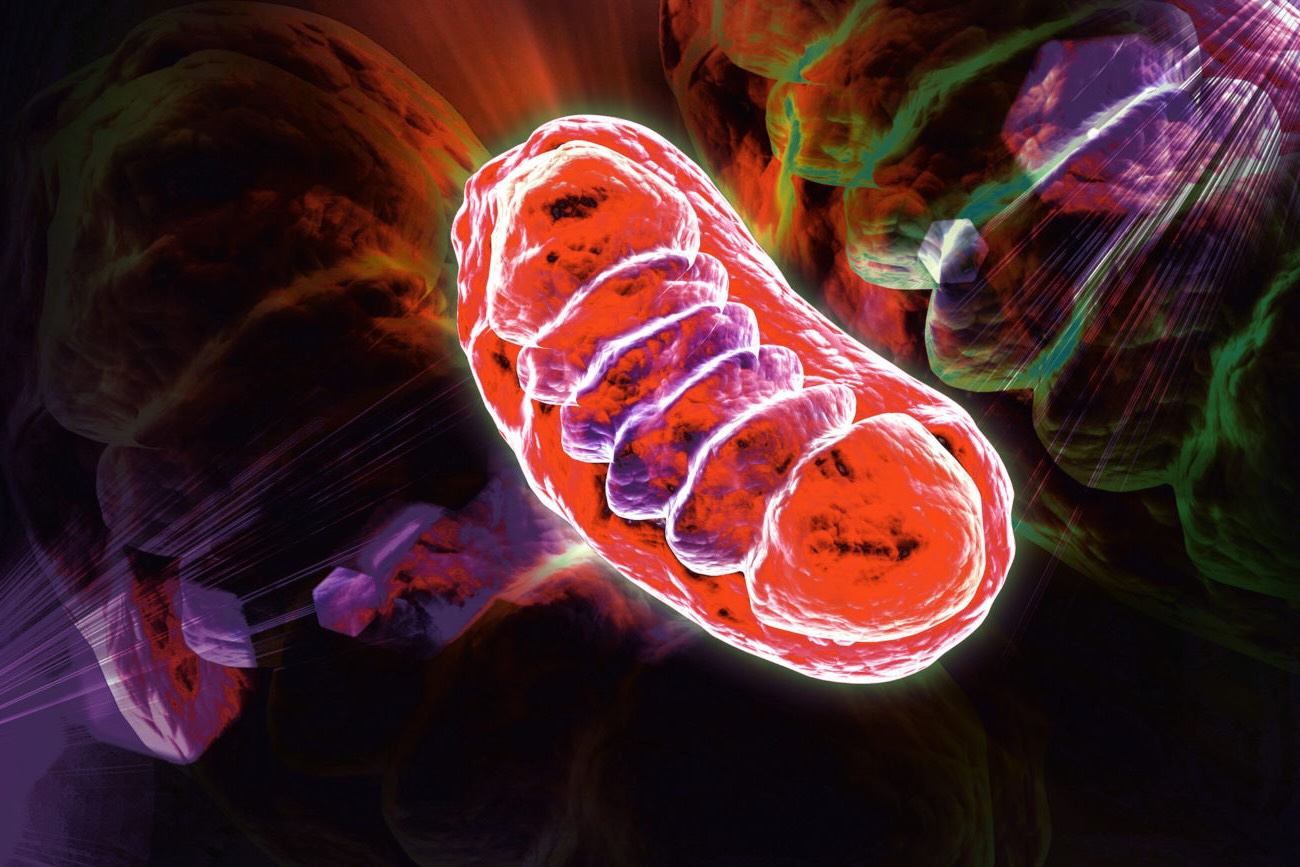
Mitochondrial cytopathy is a term that might sound complex, but it refers to a group of disorders affecting the mitochondria, the powerhouses of our cells. These tiny structures generate the energy our bodies need to function. When they don't work properly, it can lead to a range of health issues. Symptoms can vary widely, from muscle weakness to neurological problems. Understanding mitochondrial cytopathy is crucial because it helps in diagnosing and managing these conditions. This article will provide 25 essential facts about mitochondrial cytopathy, shedding light on its causes, symptoms, and treatments. Get ready to learn about this fascinating aspect of human biology!
Key Takeaways:
- Mitochondrial cytopathy is a group of disorders caused by dysfunctional mitochondria, leading to symptoms like muscle weakness and heart disease. It can be inherited and managed with a multidisciplinary approach.
- While there is no cure for mitochondrial cytopathy, treatments like coenzyme Q10 and physical therapy can help manage symptoms and improve quality of life. Ongoing support and research offer hope for the future.
What is Mitochondrial Cytopathy?
Mitochondrial cytopathy refers to a group of disorders caused by dysfunctional mitochondria, the energy-producing structures within cells. These disorders can affect various parts of the body, leading to a wide range of symptoms.
- Mitochondria are often called the "powerhouses" of the cell because they generate most of the cell's supply of adenosine triphosphate (ATP), used as a source of chemical energy.
- Mitochondrial cytopathy can be inherited from either parent, but most commonly through the mother due to mitochondrial DNA (mtDNA) being passed down maternally.
- Symptoms of mitochondrial cytopathy can appear at any age, from infancy to adulthood, and can vary widely in severity.
- Common symptoms include muscle weakness, neurological problems, heart disease, and issues with vision and hearing.
- Mitochondrial cytopathy is often diagnosed through a combination of clinical evaluation, genetic testing, and muscle biopsies.
Causes and Genetic Factors
Understanding the causes and genetic factors behind mitochondrial cytopathy can help in managing and treating the condition.
- Mutations in mtDNA or nuclear DNA (nDNA) can lead to mitochondrial cytopathy.
- Over 1,000 different mutations have been identified that can cause mitochondrial diseases.
- Some mitochondrial diseases are caused by defects in nuclear genes that affect mitochondrial function.
- Mitochondrial DNA mutations are inherited maternally because only the egg contributes mitochondria to the embryo.
- In some cases, mitochondrial cytopathy can occur spontaneously without a family history of the disorder.
Symptoms and Diagnosis
Recognizing the symptoms and understanding the diagnostic process is crucial for early intervention and management.
- Symptoms can include fatigue, muscle weakness, exercise intolerance, and developmental delays.
- Neurological symptoms may involve seizures, strokes, and cognitive impairment.
- Cardiomyopathy, a disease of the heart muscle, is a common symptom in mitochondrial cytopathy.
- Gastrointestinal issues like vomiting, diarrhea, and constipation can also be present.
- Diagnosis often involves a combination of blood tests, imaging studies, and muscle biopsies to assess mitochondrial function.
Treatment and Management
While there is no cure for mitochondrial cytopathy, various treatments can help manage symptoms and improve quality of life.
- Treatment often involves a multidisciplinary approach, including neurologists, cardiologists, and geneticists.
- Coenzyme Q10, a substance that helps produce energy in cells, is often used as a supplement in treatment.
- Physical therapy can help maintain muscle strength and function.
- Dietary modifications, including a high-fat, low-carbohydrate diet, can sometimes improve symptoms.
- Antioxidants like vitamin E and alpha-lipoic acid may help reduce oxidative stress in cells.
Living with Mitochondrial Cytopathy
Living with mitochondrial cytopathy requires ongoing management and support to address the various challenges that arise.
- Regular follow-up with healthcare providers is essential for monitoring and managing symptoms.
- Support groups and counseling can provide emotional support and practical advice for patients and families.
- Adaptive devices and mobility aids can help individuals maintain independence and improve quality of life.
- Genetic counseling is recommended for families to understand the risks and implications of the disorder.
- Research is ongoing to find new treatments and potential cures for mitochondrial cytopathy, offering hope for the future.
Understanding Mitochondrial Cytopathy
Mitochondrial cytopathy affects many people worldwide. These disorders stem from problems in the mitochondria, the cell's powerhouse. Symptoms can vary widely, from muscle weakness to neurological issues. Early diagnosis and treatment are crucial for managing these conditions. Genetic testing often helps identify specific mitochondrial disorders. Treatments focus on managing symptoms and improving quality of life. Lifestyle changes, such as a balanced diet and regular exercise, can also help. Research continues to advance, offering hope for better treatments in the future. Awareness and education about mitochondrial cytopathy are essential for early detection and support. By understanding these facts, we can better support those affected and contribute to ongoing research efforts. Stay informed, support research, and advocate for those living with mitochondrial cytopathy. Every bit of knowledge helps in the fight against these challenging disorders.
Frequently Asked Questions
Was this page helpful?
Our commitment to delivering trustworthy and engaging content is at the heart of what we do. Each fact on our site is contributed by real users like you, bringing a wealth of diverse insights and information. To ensure the highest standards of accuracy and reliability, our dedicated editors meticulously review each submission. This process guarantees that the facts we share are not only fascinating but also credible. Trust in our commitment to quality and authenticity as you explore and learn with us.
